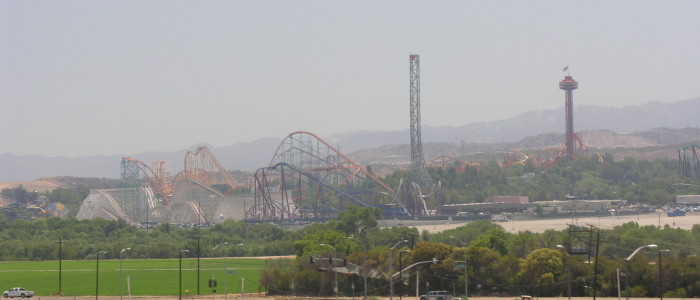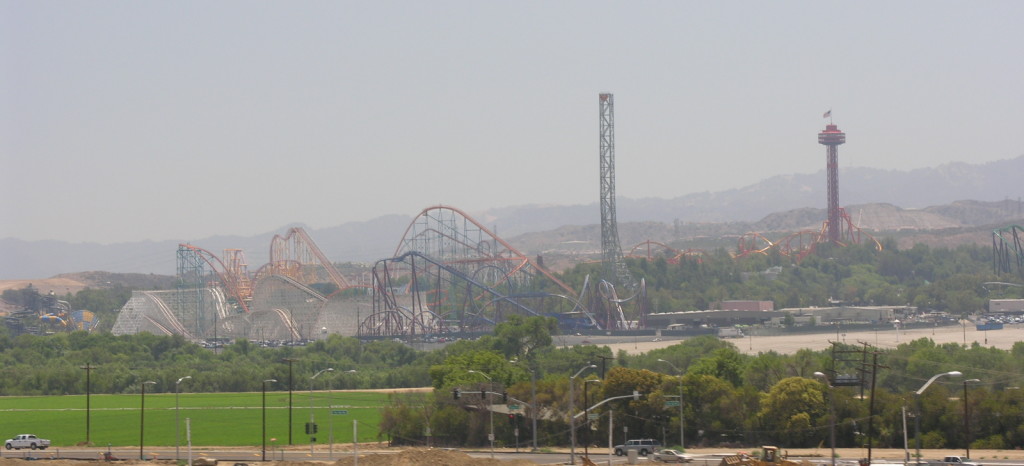IN 2013 LACSD set in motion a plan to increase the level of sophistication of the existing asset management program. LACSD reached out to Uberlytics to lay the foundations for such a program, the end goal being reliability centered maintenance, managing assets by managing assets’ failure modes, optimized financials, and risk based decision-making. Foundational to such a program is the need to have comprehensive asset data, organized in a useful hierarchy, and to know what systems are critical to the overall business of delivering a minimum Level of Service to the rate payers. Uberlytics was tasked with developing an asset hierarchy and facilitating a Functional System Criticality Analysis™ as the foundation of a risk-based asset management program.
The plan was to develop a hierarchy that could initially be used at 9 of the plants. The Valencia plant, the most complicated of the facilities, was chosen as the pilot to develop a system-wide hierarchy that could easily be adapted to the other facilities.
The Valencia plant provides primary, secondary, and tertiary treatment for 21.6 million gallons of wastewater per day, and is situated right next to Six Flags amusement park. It processes all wastewater solids generated in the Santa Clarita Valley Sanitation District.
In order to facilitate a Functional System Criticality Analysis Uberlytics developed a fresh asset register and hierarchy apart from the existing OWAM hierarchy for two reasons:
- The OWAM asset register lacked sufficient vertical structure and was grouped by spatial location rather than system boundaries.
- To not interfere with the existing OWAM installation that was used on a daily basis.
Together with LACSD we worked off of PFD and P&IDs, existing physical data, and reviewed the developments along the way prior to finalizing the hierarchy structure. To provide a migration path to the existing register, existing asset IDs were included in the functional system-based hierarchy.
Uberlytics also worked with LACSD to develop a set of asset type codes to be used in the data base, based on failure modes and the level of granularity LACSD desired for various process elements. This is referred to as the ‘level of focus’ and is driven by the balance between the local maintenance expertise, overall mission of the facility, and what makes common sense. The long-term use for the asset type codes for LACSD is long-term cost of ownership calculations, analysis of asset failure mode related to service, and PMO adjustments.
Consistent asset type codes also let LACSD maintenance staff focus on what matters, track meaningful expenses and asset classes rather than have too much or too little information, and identify where to self-perform rather than outsource.
Uberlytics then facilitated the criticality analysis, handing over the daily facilitation to a staff member as staff competence grew. Uberlytics provided ongoing QA/QC for the analysis, and continues to assist LACSD on a periodic basis.
LACSD completed the Valencia plant review in 2015 and has started rolling out the analysis approach to the other plants. High criticality systems are now the focus of RCM, PM optimizations, condition assessments, and capital spending.◼︎



Comments are closed.